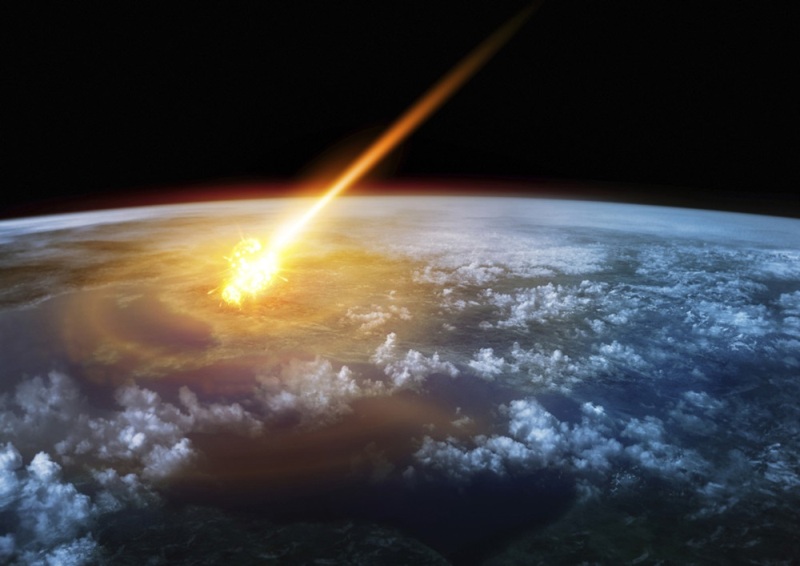NASA scientists have identified the Yarrabubba meteor crater in Australia to be the oldest. At 2.229 billion years old, the impact crater is the oldest of the 190 major meteor craters on Earth.
Timmons Erickson from the Astromaterials Research and Exploration Science(ARES) division at NASA’s Johnson Space Center explained, “It’s 200 million years older than the previously oldest known crater, which was the over 200-kilometer Vredefort Dome crater in South Africa.”
The Yarrabubba structure is a 20-kilometre wide crater located in Western Australia. The crater was originally 70-kilometres wide with a distinct rim and deep bowl. But since its formation, the features of the crater have faded due to natural factors like rain and wind. The top layer of rocks in craters are heated to the point of melting and then, crystallized on the impact of an asteroid. Normally, scientists use the rocks in this “melt sheet” layer to find the age of the crater but even these rocks in Yarrabubba weathered away. This made it difficult for scientists to put a date the crater.
The scientists adopted a different method that can determine the age of ancient and heavily-deteriorated craters. They collected rocks with minerals, zircon and monazite, as they would be the rocks that were subjected to the impact of the asteroid. These minerals are crystals containing uranium and lead. By measuring the ratio of these elements in the crystal, the researchers were able to date the crater at 2.229 billion years old. The meteor impact happened as Earth’s earliest icecaps and glaciers were being formed sometime after the introduction of oxygen in the atmosphere.
Researchers explained in a statement to The Conversation, “Our models show that if the Yarrabubba asteroid hit an ice sheet 5km thick (not an unreasonable estimate), more than 200bn tons of water vapour would be ejected into the atmosphere. That’s about 2% of the total amount of water vapour in today’s atmosphere, but would have been a much bigger fraction back then.”













![Hotstar Premium Cookies 2019 [*100% Working & Daily Updated*] Hotstar Premium Cookies 2019 [*100% Working & Daily Updated*]](https://tahav.com/wp-content/uploads/2019/11/Hotstar-Premium-Cookies-Free-100x70.jpg)



